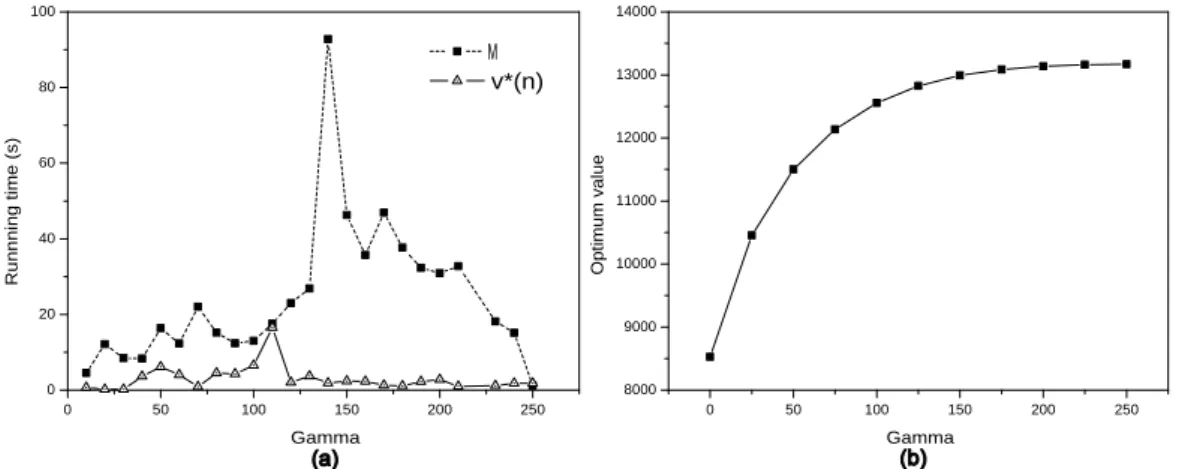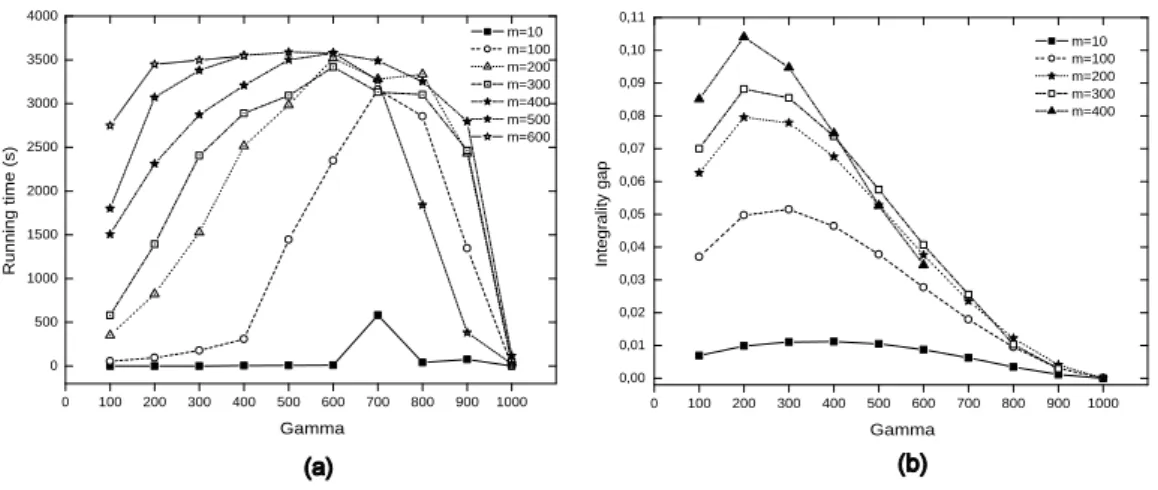Recourse problem of the 2-stage robust location transportation problem
Texte intégral
Figure



Documents relatifs
The problems were defined over various US regions and all distances were calculated with PC*MILER (www.alk.com), for the current US road network. For all cases, it was assumed
In order to test the SN design models proposed, several problem instances were generated based on the following four dimensions: the SN breadth, the cost structure, the demand
The most significant contribution of this paper to the existing literature is to explicitly consider such stochastic throughput operation costs in the capacitated transshipment
ii) The difference between the upper and lower bounds is below a threshold value, i.e. LR considers the La- grangean relaxation without the reduction tests whereas LR RT considers
Although the dairy industry is highly constrained given its coalitions and regulations, the determination of the optimal transportation plan will benefit both the producers and
The CHLP seeks to determine the location of exactly p hubs that are connected by means of a cycle, and the routing of flows through the hub- and-spoke network. Each node has to
We present the following information: the name of the district (District ); the maximal cy- cle distance in km (D); the proportion in percentage of cycles generated with the
In this subsection, we analyze how the three proposed policies perform in terms of reduc- ing the costs associated with the vehicle routes. Given that a company may choose to use any